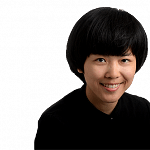-
GETTING THERE
-
Singapore Airlines (www.singaporeair.com) operates a daily, non-stop flight to San Francisco on its latest Airbus A350-900 aircraft. The flight has seats in business, premium economy and economy classes and the aircraft boasts a lighting system that helps passengers relax and ease into the time zone of their destination.
Flying time is between 14 hours 35 minutes and 17 hours 45 minutes, depending on direction and time of the year.
WHERE TO STAY
The Ritz-Carlton, San Francisco (www.ritzcarlton.com/sanfrancisco) may be part of an international hotel chain, but its design inspiration is uniquely local - the San Francisco bay and the city's iconic fog. The guestrooms in this century-old neoclassical building are done up in a palette of steely blues and greys.
Rates start at US$369 (S$520) a night. In the same exclusive Nob Hill neighbourhood is The Scarlet Huntington (www.thescarlethotels.com), which offers the warm service of a smaller, more personal boutique hotel. Rates start at US$489 a night. Its Nob Hill Spa has stunning skyline views and is popular for its spa treatments.
TIPS FOR THE TRIP
• Time your visit
If you are looking for warm weather and clear skies, you will not find it in summer. San Francisco is usually damp and foggy in the middle of the year. For warm, dry weather and clear skies that tempt even residents to skip work and head to the beach, pack your bags for a holiday in October.
• Dress right
The city's varied topography and proximity to the Pacific Ocean results in microclimates where the weather varies block-to-block with temperatures fluctuating by as much as several degrees Celsius. It might be sunny one moment, misty the next and windy by dusk, so keep a jacket handy.
• Get an insider's view
The city is easy to navigate on your own, but exploring it with the help of residents who offer an intimate look at the place can make your vacation that much richer.
The guides at Wild SF Walking Tours (wildsftours.com) are film-makers, musicians and community organisers and the tours they lead often include personal insight into the neighbourhoods where they are entrenched members of the community.
City of change
Tradition pulses with the same beat as modernity in San Francisco, giving the American city a constant feel of transformation
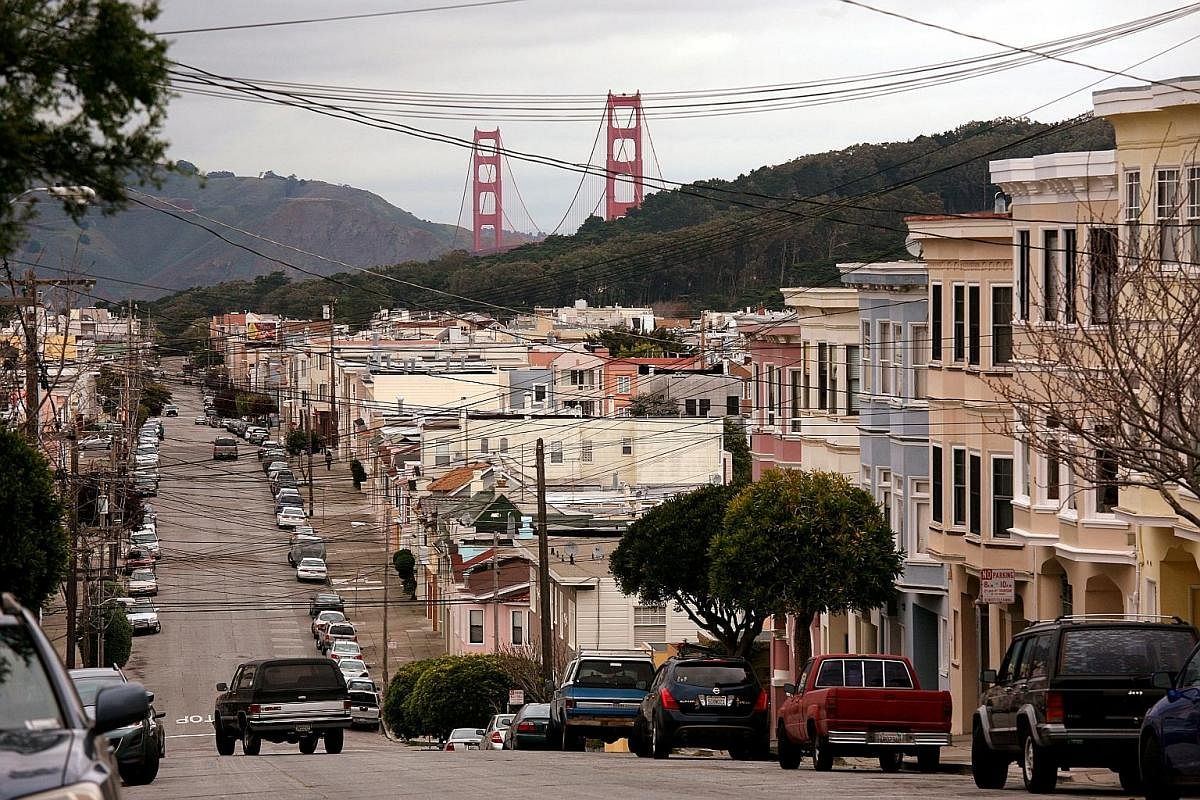
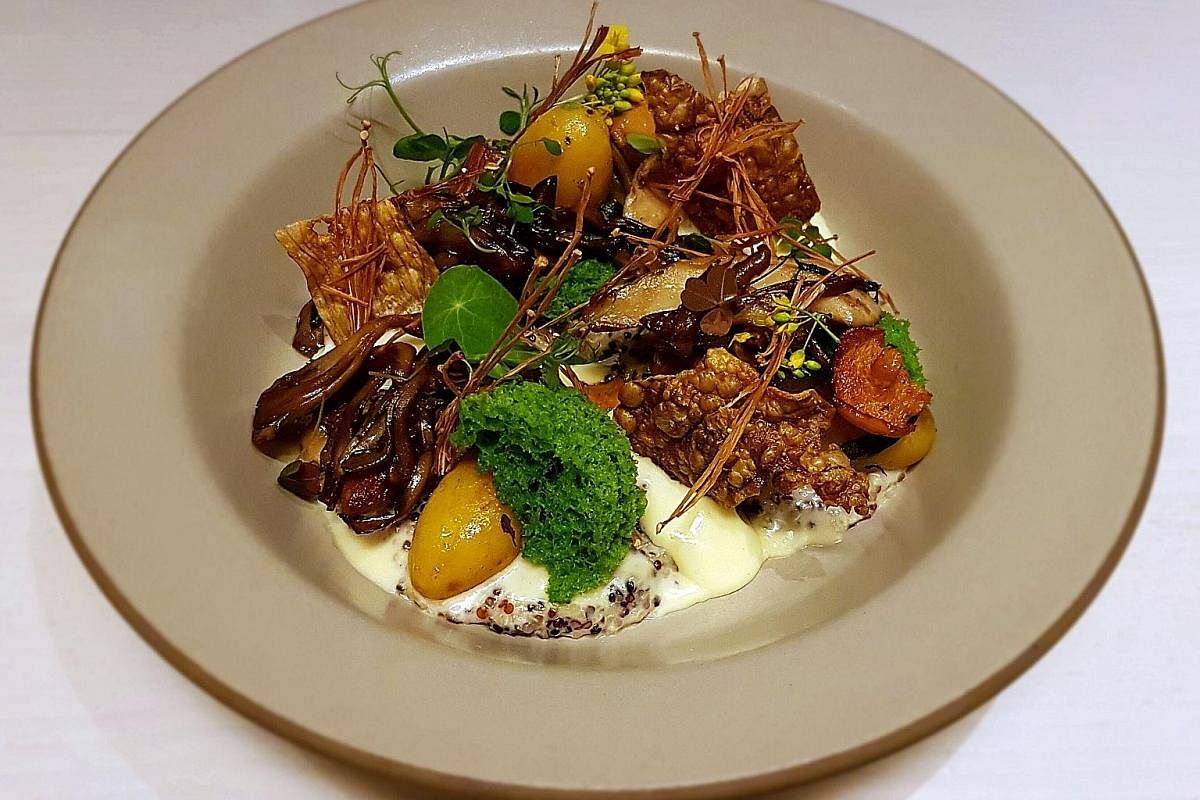
It is a San Franciscan moment like no other.
I am standing at a three-way junction in the city's historic North Beach neighbourhood, with the sun peeking through clouds and fine rain falling.
Before me, hip third-wave coffee shops flank the intersection of Columbus Avenue and Kearny Street. Six feet under, on Pacific Avenue - as my travel app narrator tells me - is the former stomping ground of mammoths, their bones unearthed in 1993 during construction of the wheat-yellow brick building on site.
The spot does not offer a postcard- friendly shot of San Francisco, but it does swipe my tourist lenses and urges me to see the city for more than its familiar, picture-perfect angles, of cable cars sliding along sloping streets and rows of Victorian houses sitting pretty in pastel coats of paint.
What becomes clear as I walk, Uber and eat my way through the city in five days is a view of the place as the enduring home of disruption, way before the term became a buzzword, and of people who both effect and fight change.
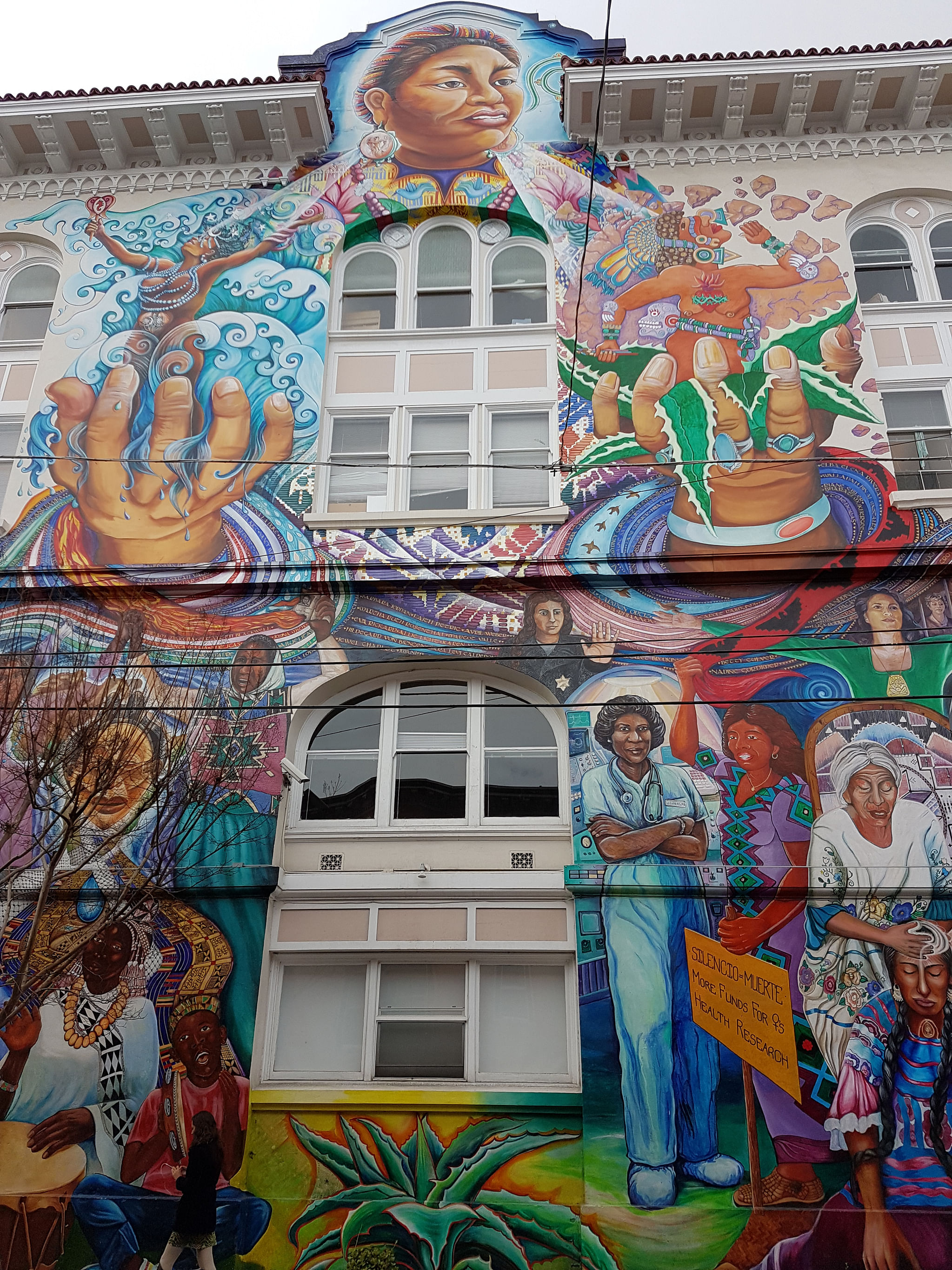
In Haight-Ashbury, where hippies once championed free love and living, the streets are now overrun with chic clothing stores and hip vintage shops. But I also come upon a free clinic started during that counter-cultural period years ago, which continues to serve those in need.
In eateries around the city, I taste food that highlights local produce, a culinary practice with roots in the farm-to-table movement starting in the 1970s. The toothsome loaves at popular cafe The Mill (www.themillsf.com) feature locally grown whole grains and, at the three-Michelin- starred restaurant Quince (quincerestaurant.com), produce is grown specially for it by a farm north of the city.
In the Castro district where civil- rights leader Harvey Milk is memorialised in name by a public plaza and an elementary school, I run into pupils marching peacefully on the morning of the presidential inauguration last month, showing solidarity with those distressed by the political transition.
It is this swirl of forces at work in the unhurried city by the bay that keeps it pulsing with gentle tension between change and rest.
This spirit is palpable as I roam North Beach with Detour (www.detour.com), an audio tour app headquartered in the city, which disrupts the traditional mode of guided city tours.
In Portsmouth Square, Gary Kamiya, narrator of my tour and author of the best-selling book Cool Gray City Of Love: 49 Views Of San Francisco (2013), nudges me towards the groups of Chinese poker players huddled around overturned paper boxes that double as card tables.
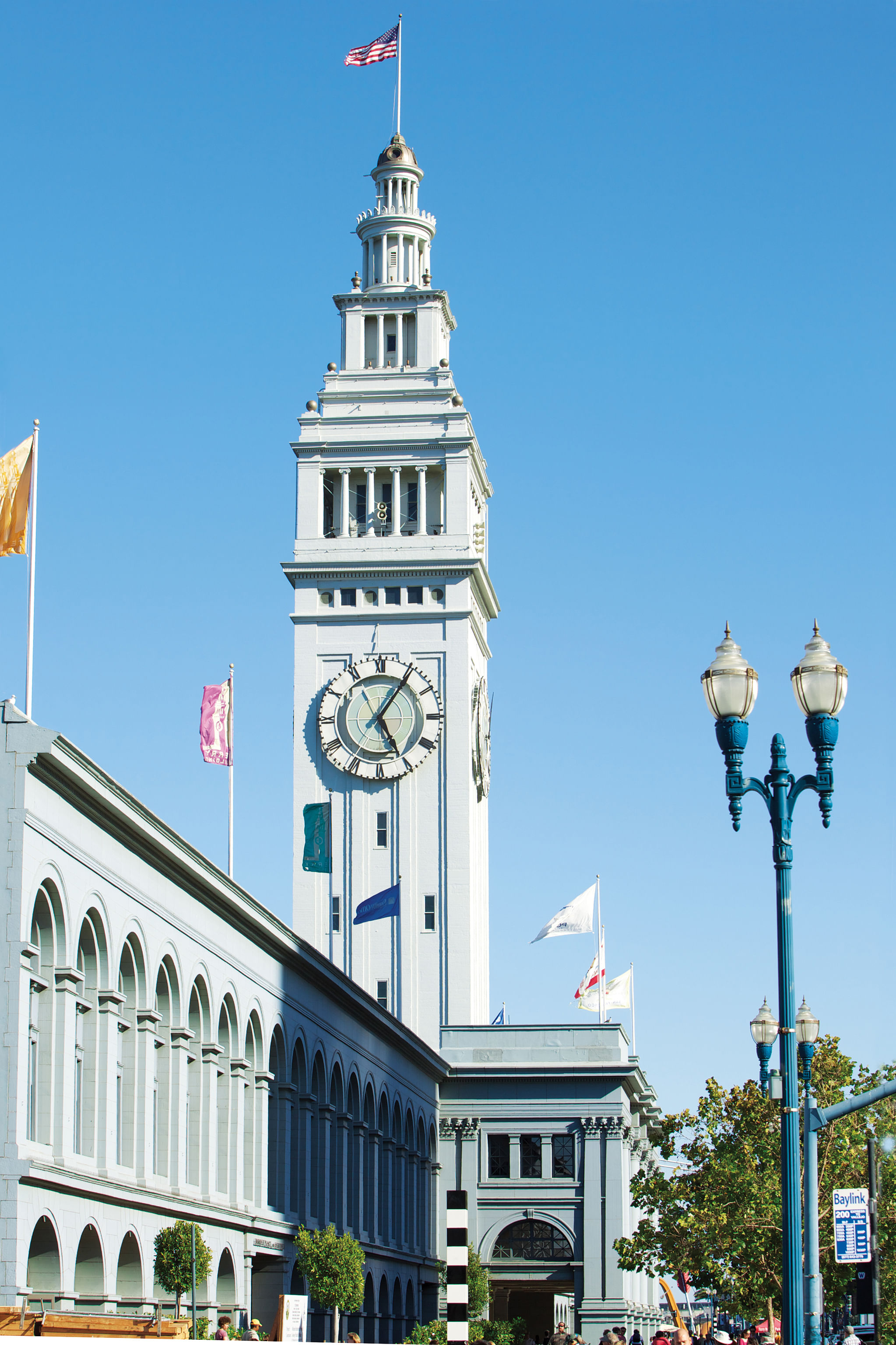
I am unable to follow the game, but I am intrigued by his prescience. How could he, the voice in my mobile app, be sure the card players would be there on the rainy Californian day I visit?
As he tells it, however, the scene is both timeless and transitory.
The square was home to the first foreigners in San Francisco - Mexican settlers in the 1800s and it has remained a gathering point for the different waves of immigrants that came after. Today, it is part of the city's bustling Chinatown.
As I wind my way through the neighbourhood and power up Telegraph Hill - it is so steep, cars park perpendicular to the street - I catch partial views of the bay and poke my nose into the flowering backyards of cottages lining the famed Filbert Street steps.
Once a working-class, Irish-Italian enclave, the houses that flank the stairs now sell for millions of dollars and one roguishly flies a pirate flag from its sun deck.
My ascent ends at Coit Tower (www.coittowertours.com) with a handsome pay-off - a panoramic view of the bay and its icons, the Golden Gate Bridge, San Francisco- Oakland Bay Bridge and Alcatraz Island.
The tower, an Art Deco landmark, is a gift from Mrs Lillie Hitchcock Coit, a wealthy if eccentric patron who bequeathed a part of her fortune when she died in 1929 to the city, asking that it be used to beautify the place.
Inside the tower, another kind of panorama unfolds. Murals painted in the socialist-realist style circle the lobby walls, showing Californian life during the Great Depression, when the paintings were made.
It is hard to imagine that the murals, rich with quotidian details such as the types of newspapers and magazines stocked at a newsstand, could have been contentious.

But, as they were being painted, some members of the city protested against what they felt were left-leaning imagery and the tower had to be shut for a few months.
Less controversial but no less stunning murals dot the rest of the city, marking tides of social change.
The Mission District, in particular, boasts a concentration of them, adorning the facade of buildings and fences and calling out for social justice.
A spectacular piece wraps itself around the four-storey Women's Building (womensbuilding.org), the country's first women-owned and run community centre, set up in 1979. The vibrantly coloured mural depicts iconic women around the world, including Nobel Laureate Rigoberta Menchu, an activist for indigenous people's rights, and famed artist Georgia O'Keeffe.
Another mural hotspot is Clarion Alley, where pieces done in different styles by various artists flank the 170m-long backlane.
The Clarion Alley Mural Project (clarionalleymuralproject.org) was started in 1992 as a grassroots effort by residents and artists who believe in using public art as a force of change for the marginalised.
Among the murals is a piece that draws attention to the wrongful eviction of residents by landlords who want to cash in on rising rents and land prices fuelled by the tech boom.
Indeed, the tech sector and its ambitions have been reshaping the city.
South of Market Street used to be a light industrial district, but in recent years, the factories and warehouses have made way for tech companies with chic designer workspaces such as Dropbox, Airbnb and Uber.
The new kid on the block is the 326m-tall Salesforce Tower which, when it opens next year, will be the tallest building in the city and the global headquarters of the cloud computing firm that gives it its name.
Mirroring this development is the rise of food truck parks in the area, which are no longer about offering just convenience and tasty street food, but also about delivering a social experience.
At SoMa Streatfood Park (www.somastreatfoodpark.com), which sits on a grey vacant lot next to a highway and across from a Costco, the space is outfitted with game machines and television screens playing sports shows.
Its sister venue, Spark (sparksocialsf.com), in the nearby Mission Bay enclave, goes one up with fire pits surrounded by Adirondack chairs and a vintage double-decker bus converted into a dining space.
The food itself is not to be sniffed at. A changing roster of gourmet street food vendors serves everything from pizza and tacos to ramen and empanadas.
I try the Kelekona sandwich from Adam's Grub Truck (www.adamsgrubtruck.com), which is known for its Asian fusion concoctions. My order comes with grilled Spam, hickory smoked bacon, a fried egg, roasted seaweed and coleslaw all sandwiched in a brioche bun. It is jaw-dropping in every sense, stacked high with a curious mishmash of ingredients that shakes up my palate, but tastes delicious.
The meal that floors me, however, is dinner at In Situ (insitu.sfmoma.org), the much-talked-about restaurant in the swish San Francisco Museum of Modern Art (www.sfmoma.org) which reopened last May after a three-year renovation and expansion.
Acclaimed chef Corey Lee, who also runs the three-Michelin-starred Benu in the city, is behind In Situ and he has made many people sit up with the curious concept of his latest restaurant. It serves a seasonal rotation of dishes by more than 80 well-known chefs from around the world, including Rene Redzepi of Denmark's Noma and Virgilio Martinez of Peru's Central.
Each participating chef, who is credited in the menu, chooses a dish from his repertoire to be featured and Lee - who has a reputation for being a skilled perfectionist - replicates it exactly for In Situ.
In press interviews, he has likened what his new restaurant does to how a ballet company or an orchestra performs classic works so that as many people as possible can enjoy them.
His analogy would resonate with what the museum does too.
It is the largest contemporary and modern art museum in the United States and its thoughtful curation and display of works have given masterpieces by artists such as Gerhard Richter, Alexander Calder and Richard Serra a new lease of life.
Perhaps what makes In Situ so bold is that it presents gastronomic creations within the same frame of reference as the museum masterpieces - as artistic intellectual property. It goes so far as to list them on the menu in the same format as museum labels and it wins you over with this daring suggestion through your gut.
The Forest (chef Mauro Colagreco of Mirazur in Menton, France; 2011), a woodsy landscape on a plate, comprises umami-rich seasonal mushrooms on a velvety bed of quinoa risotto, parsley sponge cake that resembles balls of moss and fried sunchoke peel that looks like dried foliage.
The individual components do not appear remarkable, but as with an Impressionist painting, the dish is more than the sum of its parts and it delights, with a melange of rich, complex and harmonious flavours.
The dishes may not be served in their original restaurants, but In Situ is no misnomer.
It is right at home in a city where the familiar comes up against shifting contexts to birth transformation.
• The writer's trip was sponsored by Singapore Airlines.
Three places to linger in
1. FORT MASON CENTER FARMERS' MARKET
This market (www.cafarmersmkts.com/fort-mason-center-farmers-market) hosts some 35 farmers and food vendors every Sunday, selling everything from fruit and vegetables to freshly baked loaves.
It is not as famous as the Ferry Plaza Farmers Market at the Ferry Building (www.ferrybuildingmarketplace.com), which has more than 100 farmers and vendors at its Saturday market, but what it lacks in size, it makes up for with a convivial mood. Events such as exhibitions are also held at the centre, so visitors can do more than just buy produce from the market.
Another perk: It is located next to the waterfront with scenic views of the Golden Gate Bridge.
2. GOLDEN GATE PARK
If you are looking for a quick urban retreat into nature or for a panoramic view of the city, try the Golden Gate Park (goldengatepark.com). Larger than New York City's Central Park, it includes a conservatory of flowers, a Japanese tea garden, a golf course and a bison paddock.
It is also home to the California Academy of Sciences (www.calacademy.org), which houses an aquarium, planetarium and natural history museum; and the de Young Museum (deyoung.famsf.org) that showcases collections of American art from the 17th to 20th centuries.
Do not miss the glass-walled observation deck on the top floor of the museum's tower, which is free to access and offers a 360-degree view of its surroundings.
3. DOGPATCH
Located by the bay on the city's south-eastern side, Dogpatch used to be a working-class community home to warehouses, shipyards and factories. In recent years, however, food and craft makers have set up shop there, turning it into a hip, up-and-coming neighbourhood.
Smokestack (magnoliasmokestack.com) is a brewery, bar and barbecue joint all rolled into one with a rustic, communal vibe. Chocolate store Recchiuti at theLab (www.recchiuti.com) offers sweet treats such as truffles, hot chocolate and baked goods.
Also in the neighbourhood is Minnesota Street Project (minnesotastreetproject.com) that houses art galleries and artist studios.
Join ST's Telegram channel and get the latest breaking news delivered to you.
A version of this article appeared in the print edition of The Sunday Times on February 19, 2017, with the headline City of change. Subscribe
